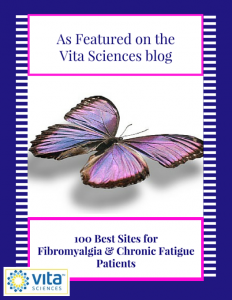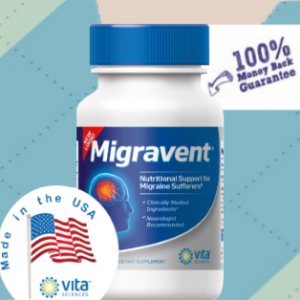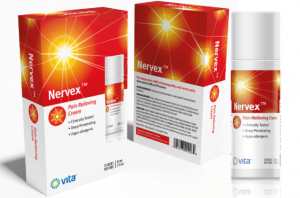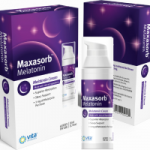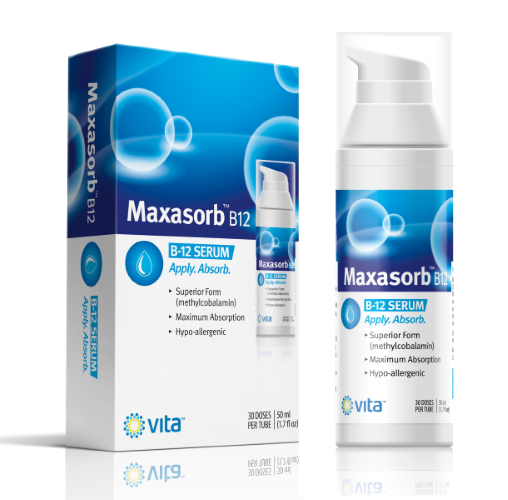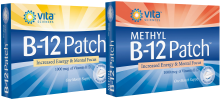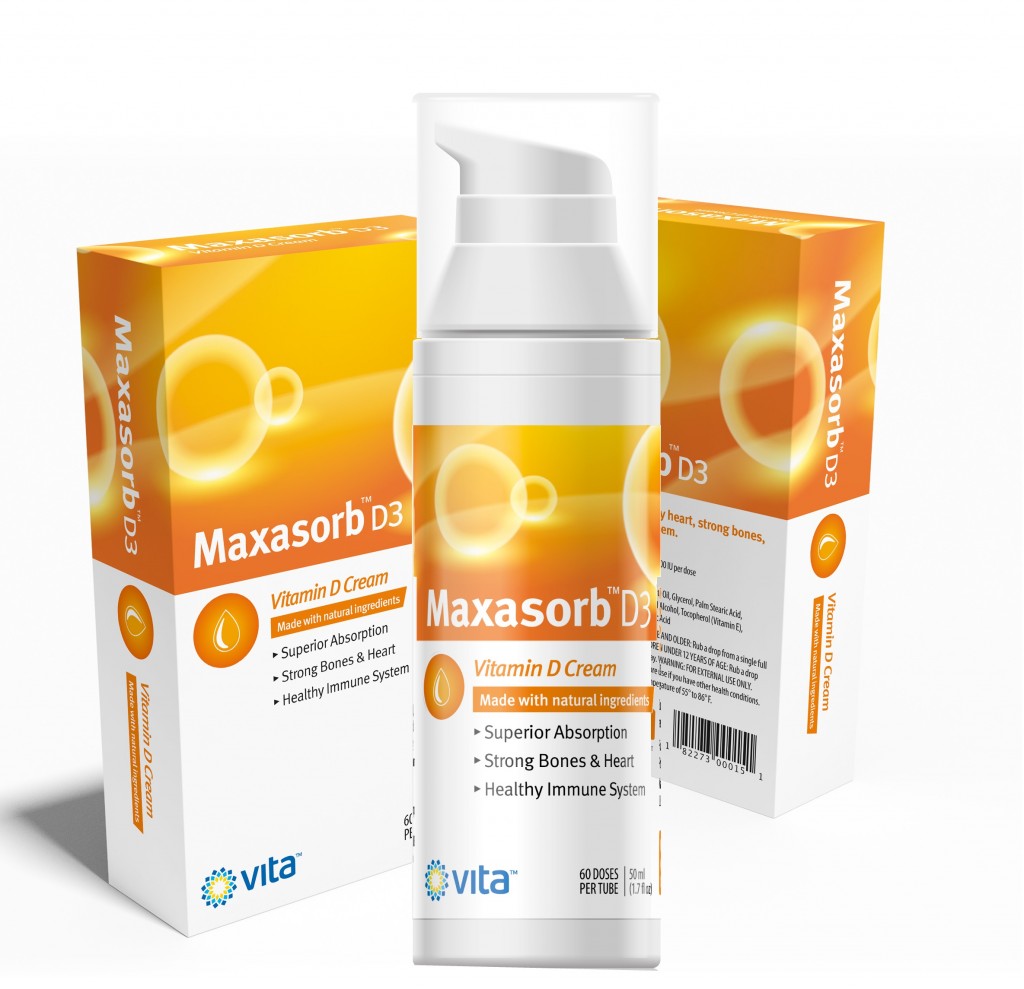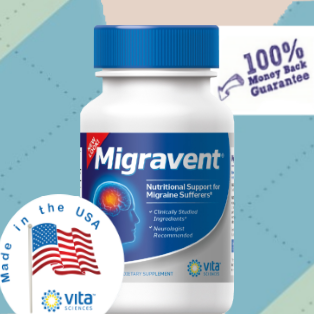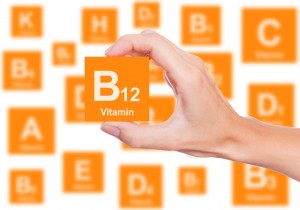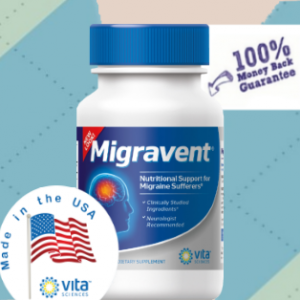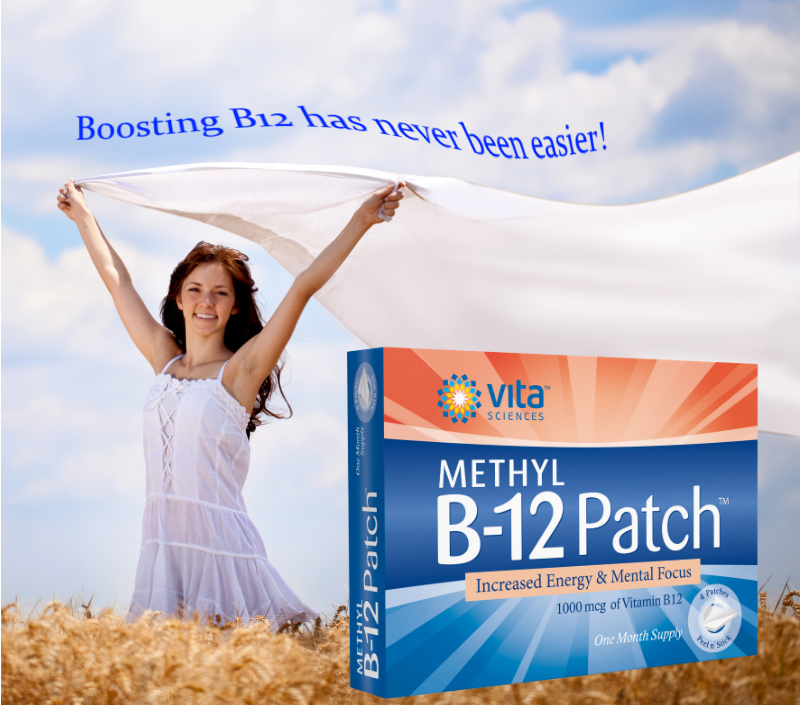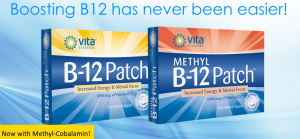Great for fibromyalgia and chronic fatigue advice, inspiration, or just connecting with fellow FMS/CFS (fibromyalgia/chronic fatigue syndrome) sufferers. Lots of great blogs here from people with migraines, rheumatoid arthritis, as well.
Below is a conglomeration of personal blogs, government sites, forums and medical pages- some are funny and insightful, some provide lots of great tips on coping with the pain in your life, and some are inspirational…all are gems that we know you will appreciate.
Pick a few titles that look interesting, and stop by again to see all the other great sites we’ve posted here.
Remember, knowledge is power!
Help for Fibromyalgia
and Chronic Fatigue
The (best!) blogs out there!
Editor’s Note: This blog listing has been updated in order to provide you with the freshest, most relevant material available!
Please feel free to share this list and save it for future reference. Do you have a favorite chronic living blog that’s not listed here? Please comment below. Sharing is caring! <3
- A New Kind of Normal A New Kind of Normal is about to living boldly with chronic illness. Living boldly means standing
- A Picnic with Ants My life disABLED with Chrnoic Ilnnesses, it just IS. Taking one moment at a time. My journey with chronic illness, focusing mainly on Meniere’s Disease and Chronic Migraine.
- And then you’re at Jax Always looking for the fun in the rheum. A unique perspective on having both Rheumatoid Arthritis and Type 1 Diabetes. Trying to find positivity and humor each day while dealing with painful, exhausting autoimmune diseases.
- Back Pain Blog UK A PERSONAL JOURNEY OF A CHRONIC BACK PAIN SUFFERER. MY SITE IS FULL OF THE LATEST TREATMENTS, PRODUCT REVIEWS, THERAPIES, DRUGS, TIPS AND WEBSITES ON BACK PAIN, FIBROMYALGIA AND ARTHRITIC CONDITIONS.
- Being Fibro Mom Helping fibro sufferers become fibro thrivers.
- Being Matt Living the life you’re given. Journey of living with Chronic Fatigue Syndrome and other unknown illnesses”
- BitterSweet Diagnosis Pancreatically challenged- Young Leader in Diabetes- PhD student- Accredited Practising Dietitian. A blog on living life with diabetes, while completing my PhD in diabetes education and working as a dietitian.”
- Blooming Beauty Just a spoonie blogging about my life and experiences
- Body in Mind Research into the role of the brain and mind in chronic pain.
- Brainless Blogger The blog covers the experience of living and coping with chronic migraines and fibromyalgia. I generalize many posts to simply talk about chronic pain and chronic illness as well. The blog posts research in those two areas as well.
- But You Don’t Look Sick We believe that our medical circumstances have put us in a unique and understanding position, so that we can help each other through similar difficult times. We hope the information and community on our site can aid people in leading better lives through knowledge, networking, friendship and most of all support.
- Capture Life’s Little Moments I blog about the day to day struggles of mental illness as well as chronic pain associated with having Fibromyalgia, chronic back pain and chronic neuropathic pain among other issues.
- Center for Disease Control & Prevention CDC Fibromyalgia page
- Charleigh Aleyna Raising Awareness for Functional Neurological Disorder
- Chronic Babe I created Chronic Babe to help you have an amazing life in spite of illness. I’ll help you gain new confidence, boost your career, nurture lifelong friendships, have great sex, save more money, and in general, be more fabulous.
- Chronic Illness Support More than anything, I hope this personal web site will connect us on a deeper level and find out more about how your illness may be more than a thorn — even an asset!
- Chronic Leigh’s Fibro Diary Based on a painfully true story. Fibromyalgia and chronic pain, SpoonSplained by someone who gets it.
- Chronic Mom A day in the life of a mom living with Fibromyalgia and Lyme disease
- Chronic Pain and Ramblings A day in the life of someone with debilitating pain.
- Chronic Pain Journal A journal, resource, and support for family, friends and patients of those who suffer from chronic pain
- Chronic Sex A safe place to discuss and ruminate on self-love, self-care, relationships, sex, and sexuality with chronic illness.
- Chronically 20 Something The adventures of a chronically ill twenty something year old woman. #spoonie. A little bit cynical but always hopeful blog about being chronically ill and twenty something.
- Chronically Ridiculous Invisible illness education, tips, and life experiences about living with chronically ridiculous illnesses.
- Chronically You… no matter how you feel COPD, Fibro, Chronic Pain, Heart Disease
- Claire’s Comfy Corner Life with Fibromyalgia.
- Confessions of a Fibro Mama The blog of a mama living, loving and being well with Fibromyalgia.
- Counting my Spoons Inspiring those living with chronic illness to live happily.
- Cranky Fibro Girl Harnessing the healing power of snark.
- Crazy Spoonie Life Living with fibromyalgia, hypothyroidism, IBS and depression.
- Cripple, baby! Mostly write about my illnesses and diagnosis but like to be able to laugh at myself too and have fun with it. Life is depressing enough so I enjoy mixing it up a little and write about good things too: My pets, vegan recipes, my charity, crafting, etc.
- Dangerously Normal Spoonie While battling Chronic Illness as well as Invisible Illness, I want to help others and make them aware that they are NOT alone!
- Diagnosed Not Defeated This is an informative blog about Type 2 diabetes. It features inspirational posts, travel tips, meal options, and so much more.
- Discovering Charlotte I’m a lifestyle blog while also living with fibromyalgia, depression and IBS.
- EDS Info Research and articles related to living with Chronic Pain from EDS & Fibromyalgia.
- Elaine4Queen Living with chronic migraine and fibromyalgia, and my dog, Poppet.
- Fed Up With Fatigue Living better with Fibromyalgia and ME/CFS/
- Fibro and Fabulous Fibro and Fabulous™ is a blog about my life, my Fibromyalgia, and my feeling fabulous despite my condition. Come feel fabulous with me!
- Fibro and M.E. Living with chronic conditions.
- Fibro Daze Attempting to make sense of the senseless: a Fibromyalgia diagnosis.
- Fibro Flutters Support Group Weblog for people with Fibromyalgia, Chronic Pain, EDS/Hypermobility, Mental health, Chronic fatigue/Me & Invisible Illness in NE UK.
- Fibro Jedi Blogs and discussions surrounding Fibromyalgia, but also how I use gaming as a coping mechanism through the pain.
- Fibro Men Raising Awareness of the condition of Fibromyalgia among men.
- Fibro of Oz Blog Following the yellow brick road in search for the answers of living with chronic illness.
- Fibro Warriors – Living Life The challenges of living with the up and down rollercoaster of living with a Chronic Pain Disease.
- FibroCathy’s Blog Chronic pain is a challenge to your spirit, but a challenge that can always be faced and your situation improved.
- Fibromyalgia Action UK Fibromyalgia Action UK (FMAUK) is a registered charity raising awareness & making evidence-based information about Fibromyalgia easily accessible.
- Fibromyalgia Group Diaries Fibromyalgia Support Group- Member’s Diaries
- Fibromyalgia Support Free, Unbiased Sources of Information for Fibromyalgia sufferers and their caregivers.
- Fight like a Girl Club To provide a loving, comfortable environment where women battling cancer and other life-limiting diseases, survivors, and loved ones can come together to share stories, experiences, advice, encouragement, and hope with one another. Men are warmly welcomed, as well.
- Fighting Fatigue FightingFatigue.org is a top resource site for information on Chronic Fatigue Syndrome, Fibromyalgia, Interstitial Cystitis, and other chronic illnesses.
- FM CFID Trigger Points MAY OUR SPIRIT FILL US WITH UNDERSTANDING OF VICTORY AND DEFEAT, THE GIFT OF COLLABORATION, THE WISDOM TO CHOOSE THE RIGHT PATH, AND OPPORTUNITIES TO INSPIRE HOPE.
- Healing Well Get on the road to healing well – join HealingWell.com, a thriving support community. You’ll find information, resources, and support, plus full access to the forums and chat rooms. And it’s all FREE!
- Health Skills For health professionals working in chronic pain self-management.
- Holding Your Spoons A blog about loving and supporting my husband in his fight against fibromyalgia and chronic fatigue syndrome/
- Hope for Heather Cowden Syndrome and Lhermitte-duclos disease are words not sentences.
- Hope Whispers A mother and wife and animal lover. Who just so happens to be on the liver transplant list. Sharing the good, the bad and the crazy.
- How To Cope With Pain Blog Chronic pain is a challenge to your spirit, but a challenge that can always be faced and your situation improved.
- Infertility Mom Bridging 2 very different worlds of 10+ years of infertility (including 3 miscarriages and 7 failed adoption attempts) followed by motherhood of 3 living miracles, InfertilityMom Jenni Saake shares about her daily life writing, juggling stroke recovery and chronic health challenges.
- Kirsty Ralph Lifestyle blog from blogger with diabetes and migraines.
- Knocked Over By A Feather IT WAS A BIG FEATHER…Living life with fibromyalgia, depression and anxiety.
- Laurie Erdman Freedom is only possible when love motivates your choices.
- Life and Fibromyalgia I teach music and sewing to the most amazing kids in the world. I also love reading blogs about other people’s life. I hope you enjoy reading mine. I also have fibromyalgia and arthritis.
- Lila Lost in the Fibro Fog I’M ALL A LONE, IN MY OWN LITTLE WORLD, BUT IT’S OK…. THEY KNOW ME HERE……..
- Living With Chronic Fatigue Syndrome I am a 26 year old male who has suffered from Myalgic Encephalomyelitis for over 8 years. This blog will focus on what I am trying to do to overcome this illness.
- Living with Fibro Online Support Group We are patients living with fibromyalgia, here for your support.
- Living, Being, Doing with Chronic Fatigue Syndrome This is a blog aimed at providing information and support to those with the above conditions. I write about issues that affect all chronically ill people such as money, relationships and self-esteem.
- Make It, Bake It, Fake It Baking, creativity, and faith amidst a life with Chronic Fatigue Syndrome.
- Mama Sick My blog focuses on parents with chronic illnesses and the challenges they face raising children.
- Mayo Clinic Diseases and Conditions- Fibromyalgia
- mini2z – Journey With Me Journey with me on my journey with Hashimotos, LADA Type 1.5, Lupus and Fibromyalgia and learning to find my new normal with invisible illness.
- Mrs. Jeeby’s Survival Kit Sharing My Chronic Health Story – Helping You Share Yours. Chronic Illness/ Spoonie Blog sharing experience with have a chronic condition (Idiopathic Intracranial Hypertension.)
- My ADHD Life I am a blogger with ADHD. As Paul Simon sings, “I have a short little span of attention.” My interests change all the time – currently, mine are crocheting, sewing, organizing living spaces, and putting planners together.
- My Foggy Brain Invisible illness… visible me; living with fibromyalgia, depression and ADD.
- My Migraine Life The life of a chronic migraine sufferer. A mom, wife, friend and more trying to find health and balance in the most positive way possible.
- National Fibromyalgia Association Welcome to the NFA’s new and updated web site to keep you AWARE of all the most important information on fibromyalgia and related topics, and much, much more!
- National Library of Medicine MedLine Plus page for fibromyalgia. Trusted health information for you.
- Once Upon a Fibro Time Living life with Fibromyalgia and Joint hyper-mobility syndrome.
- Only in This Head My journey’s through chronic illness, Ehlers Danlos Syndrome, POTS and Fibromyalgia. From personal musings to stuff I’ve tried to help with my illnesses, this blog is a very realistic portrait of one whom is way too young for that.
- Rockin RA To bring awareness, support and knowledge to those suffering from chronic pain and inflammation such rheumatoid arthritis and fibromyalgia.
- Seeking Equilibrium HOW I DEAL WITH LIFE FROM THE WORLD OF FIBROMYALGIA AND CHRONIC PAIN.
- Simply Sugar & Gluten Free My food cravings, migraines, and depression vanished and was able to maintain a 60+ pound weight loss. Join me as I create healthier food that’s SS&GF and delicious.
- Skillfully Well and Painfully Aware This blog is about living the chronic lifestyle, and trying to live it chronically well. I have various types of chronic pain (fibromyalgia, vulvodynia, and endometriosis).
- Survivor Living life with chronic pain, mental illness, and the ghosts of an abusive past.
- The American Fibromyalgia Syndrome Assoc, Inc Funding research on fibromyalgia. Improving the lives of millions.
- The CFIDS Association of America Make ME/CFS understood, diagnosable, and treatable.
- The Fibro Fog Those who suffer from any chronic illness, but main focus is on Fibromyalgia.
- The Fibromyalgia Experiment Fighting Fibro and Being Awesome…Taking Control of My Chronic Illness.
- The FMS Community Caring – Sharing – Understanding.
- The Hippy Geek One woman’s experience of balancing nature and nerd.
- The Invisible F A blog about living with fibromyalgia and depression
- The Laundry Pile You never know what you will find in a pile of laundry…I blog about motherhood, Bible study, book reviews, and I share how I live life each day with Fibromyalgia and Chronic Fatigue.
- The Life and Adventures of Cateepoo Living with rheumatoid arthritis has been a learning experience for me. I have followed several different paths that have taken me down a 100% alternative route as well as a conventional route.
- The Mud and the Lotus “There is the mud, and there is the lotus that grows out of the mud. We need the mud in order to make the lotus.” -Thich Nhat Hanh.
- The Sick and the Dating Navigating online dating while dealing with chronic illness.
- The Unbroken Smile Chronic pain lifestyle blog offering tips, stories, and support written by warriors who have went through it.
- WebMD Fibromyalgia Health Center.
- Women and Fibromyalgia Living with an invisible Dis-ease.
- Word Droppings Words about things. Here and there. Knitting. Cats. Writing. Current Events. Random. Allergies. Food. People. Chronic Illness. Marriage. Comics. Society.
- WriteMeWell Adventures of a clinical trial subject, life with celiac disease, fibromyalgia, and now after hysterectomy (and oophorectomy).
- Zebra Life Blog When you hear hoof-beats, think horse not zebra…..not always!! Dealing with life with chronic illness-CVID & Fibromyalgia.
Is your blog listed here? Grab our badge and post on your site!
<div class="grab-button" style="width: 200px; margin: 0 auto;"> <img src="http://blog.vitasciences.com/wp-content/uploads/2016/06/badge-1.png" alt="grab button for Vita Sciences" width="200" height="259"> <div style="margin: 0; padding: 0; border: 1px solid #dcdcdc; background-color: #ffffff; color: #000000; width: 200px; height: 259px; overflow: scroll;"> <div class="vita-sciences-button" style="width: 200px; margin: 0 auto;"> <a href="http://blog.vitasciences.com/uncategorized/100-best-sites-fibromyalgia-chronic-fatigue-patients-master-list/" rel="nofollow"> <img src="http://blog.vitasciences.com/wp-content/uploads/2016/06/badge-1.png" alt="Vita Sciences" width="200" height="259" /> </a> </div> </div> </div>

